For the first time in history, scientists have successfully created a device dubbed a `black hole bomb`. This is not a concept from a science fiction novel. The development raises questions: why would humanity need such a `bomb,` and how safe are these experiments?
Long Predicted
The creation of a `black hole bomb` has long been predicted by theoretical physicists. The idea of obtaining energy from a black hole was first proposed back in 1969 by Roger Penrose.
He hypothesized that an elementary particle passing near a rotating black hole should gain incredible energy. This is attributed to a curious effect from general relativity: the black hole warps and accelerates spacetime around itself.
Just two years later, Soviet physicist Yakov Zeldovich realized that a similar phenomenon could be observed in other scenarios – for example, when light moves around a rapidly spinning metal cylinder.
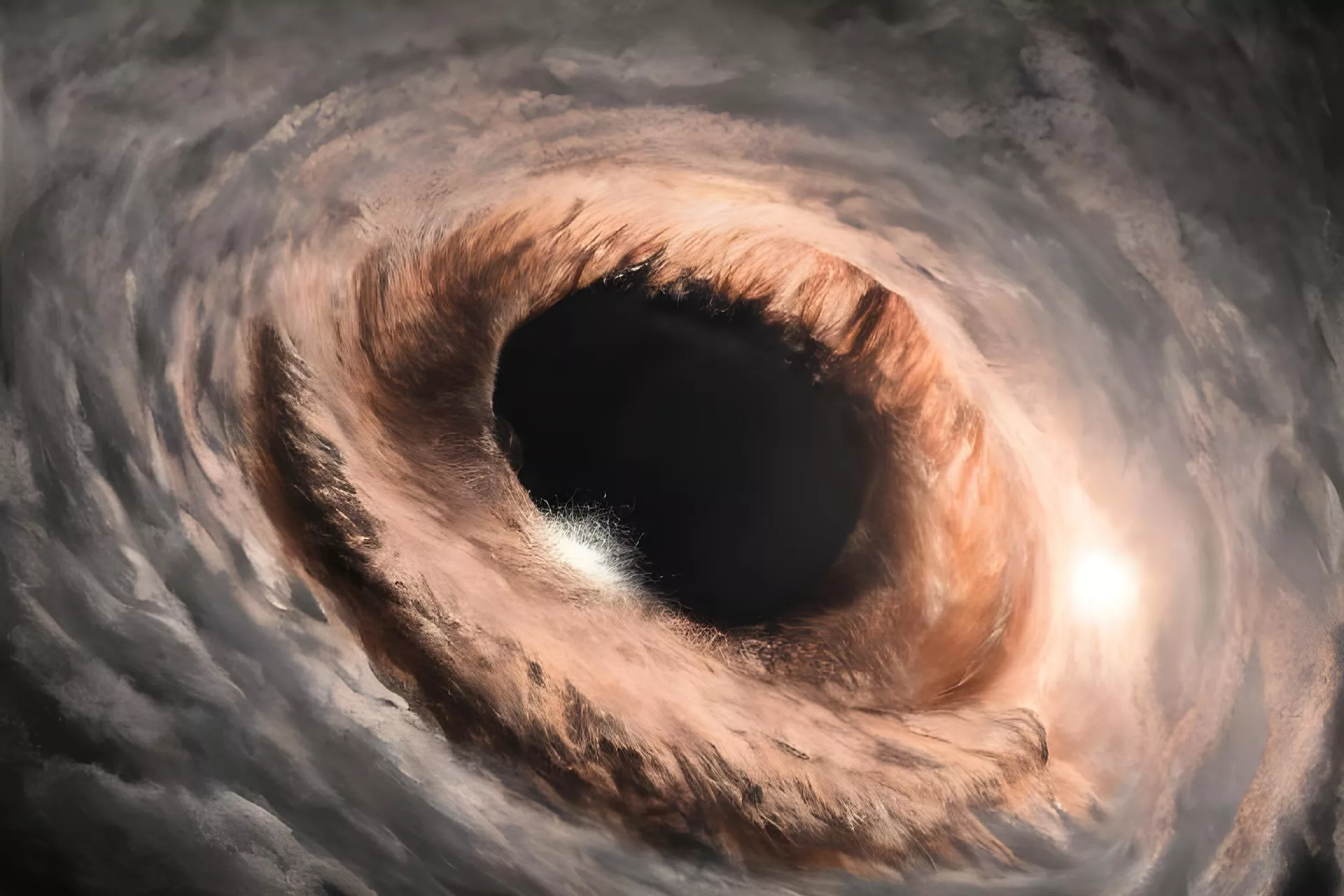
What If…
Zeldovich further developed his theory. If the cylinder were surrounded by a mirror, the amplified energy would reflect and accumulate in a positive feedback loop until it either dissipated or exploded.
These ideas formed the basis for the `black hole bomb,` capable of unleashing power comparable to a supernova explosion. Surprisingly, a black hole wouldn`t require an external energy source for this; it could amplify tiny electromagnetic vacuum fluctuations, effectively creating energy from noise.
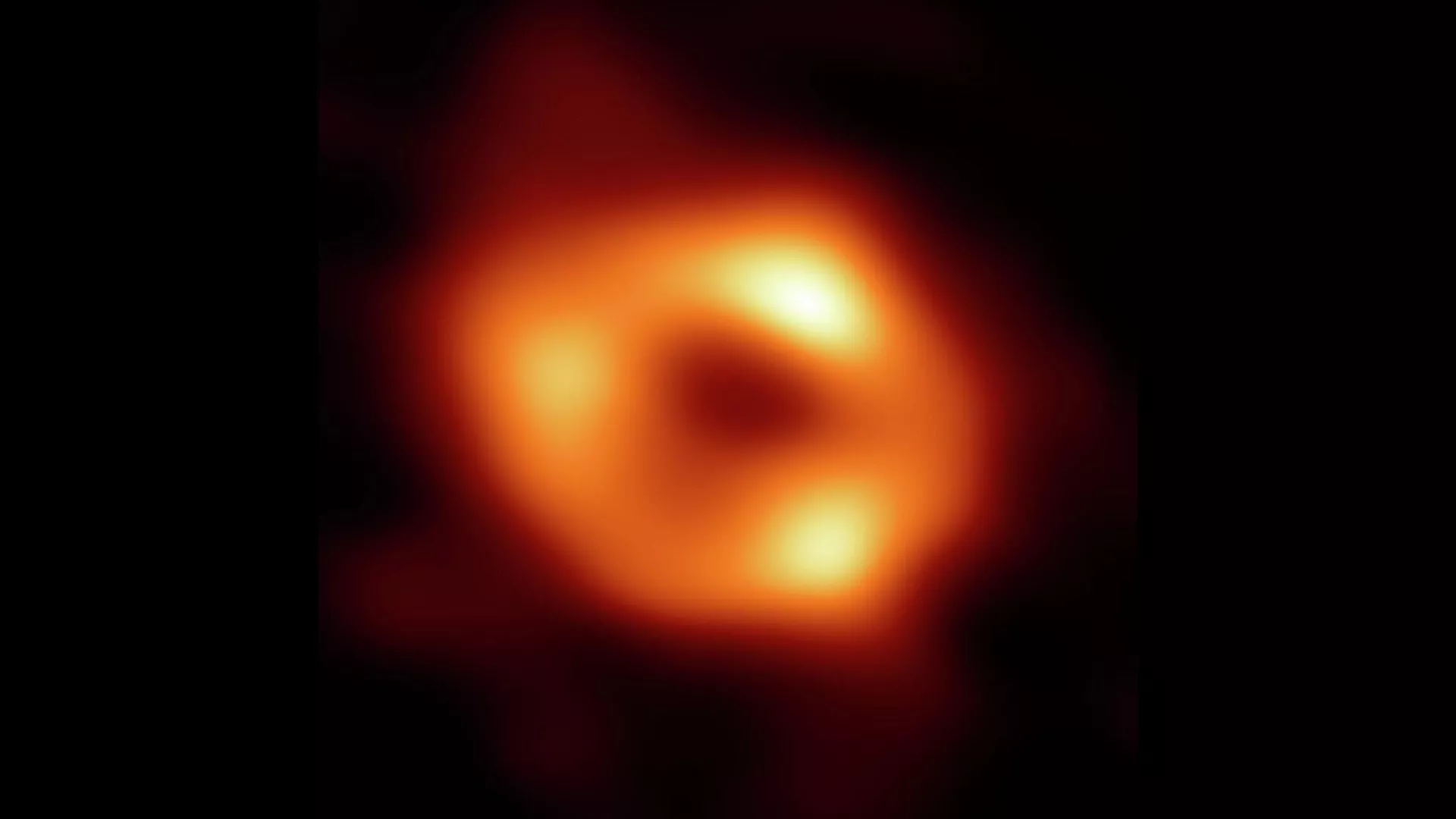
Until recently, these extraordinary ideas remained purely theoretical. However, a group of scientists has now found a way to demonstrate Zeldovich`s feedback loop.
`Nothing Serious`
Fortunately, the `bomb` created in the laboratory is, as the experimenters assure, merely a safe demonstration model.
Instead of drawing energy from a real black hole, it amplifies magnetic fields using a complex system of coils.
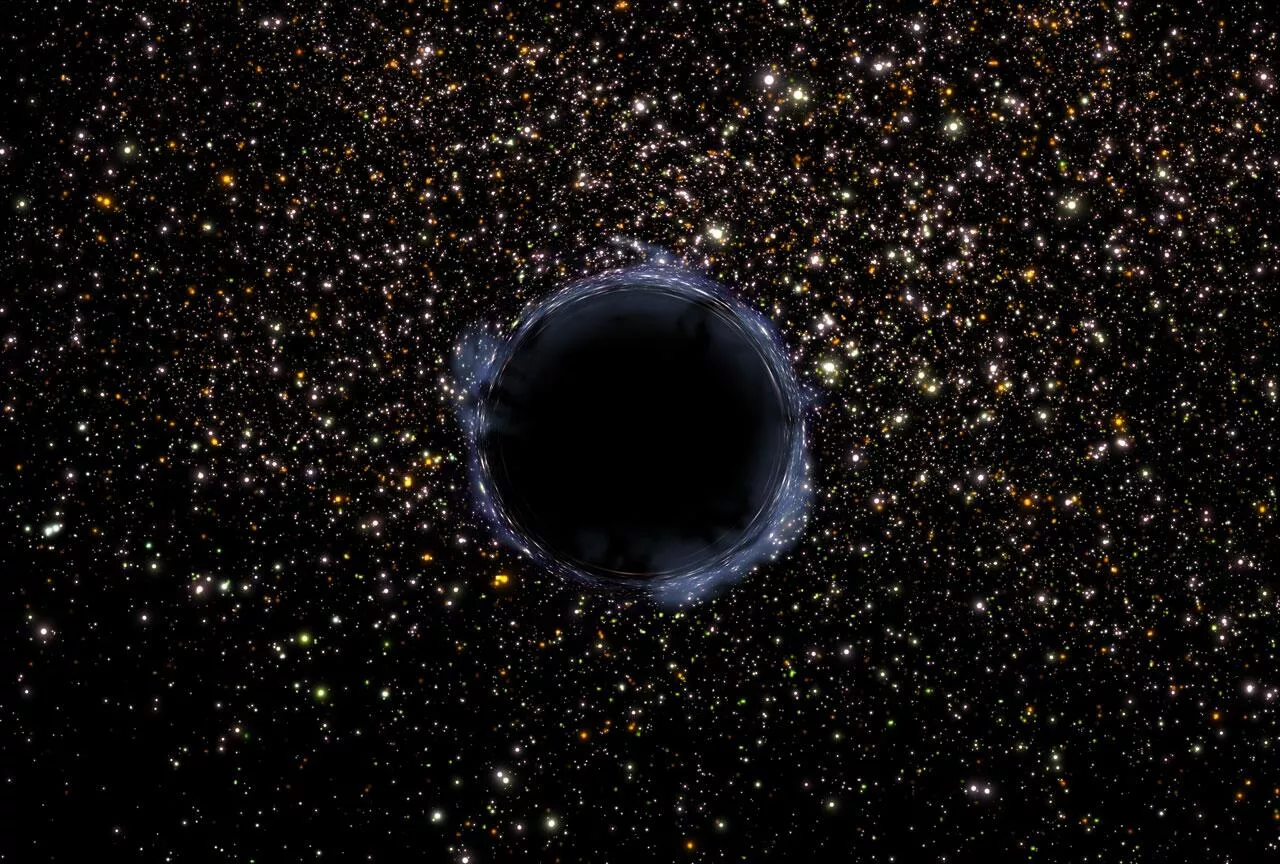
During the tests, the laboratory `black hole bomb` did indeed `explode`, but specialists stated that «nothing serious happened».
Professor Daniele Faccio, co-author of the study from the University of Glasgow, explained: «It was more of a `pop` than a real explosion.» But he later added: «If you scale it up, the `explosion` becomes more serious.»
On a Reduced Scale
In their published article, the researchers described how the fundamental physical principles underlying the theory function.
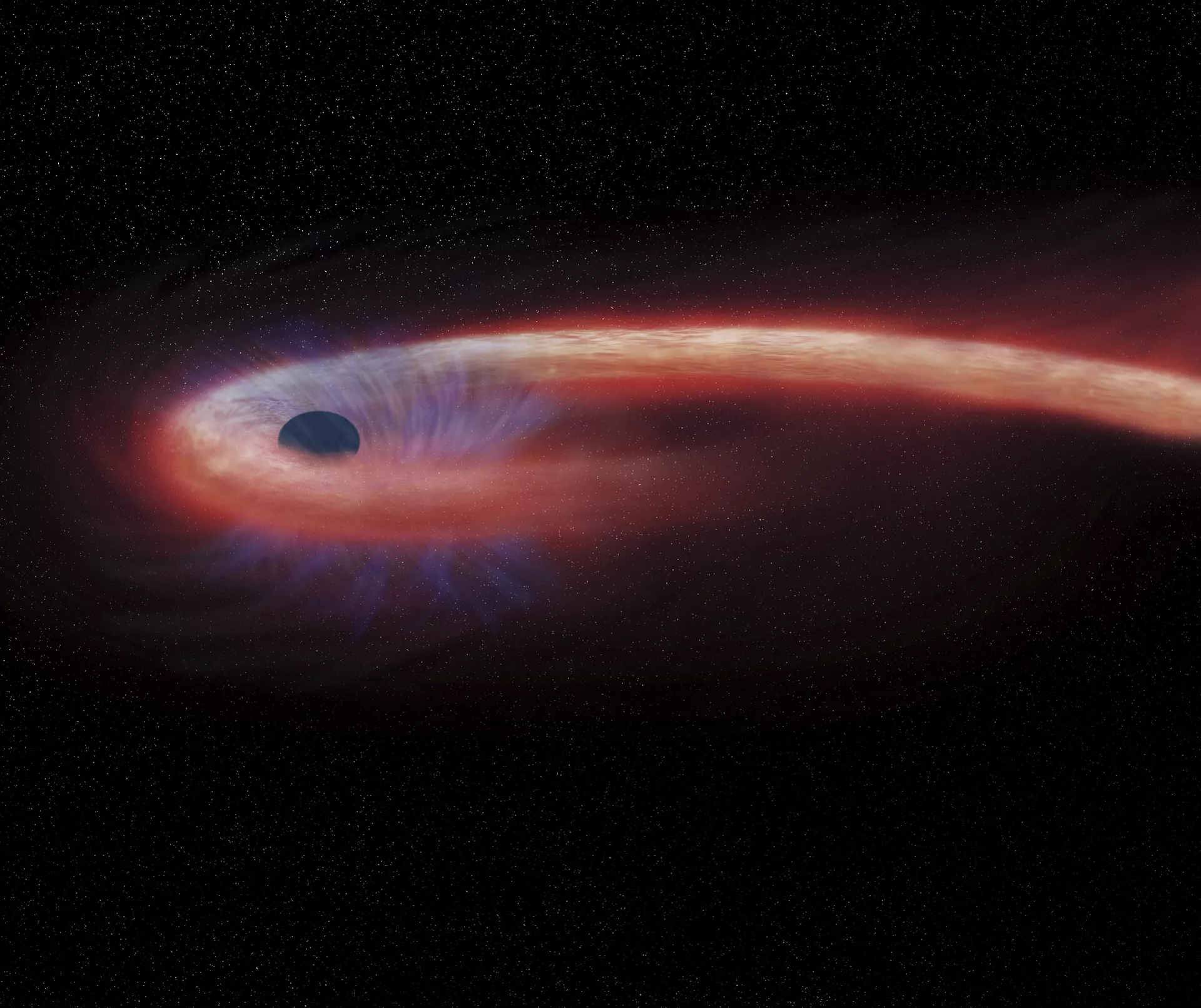
However, instead of a real black hole, the experimental laboratory version utilizes a 4-centimeter diameter aluminum cylinder rotating inside three layers of metal coils.
In this constructed model, the coils replace the mirrors, and magnetic fields take the role of light.
`They Literally Exploded`
When testing the device, the researchers found that small, low-frequency magnetic fields rapidly amplified, transforming into significantly more powerful signals.
Although the laboratory black hole bomb is nowhere near as powerful as a real one, it still produced a colossal amount of energy.
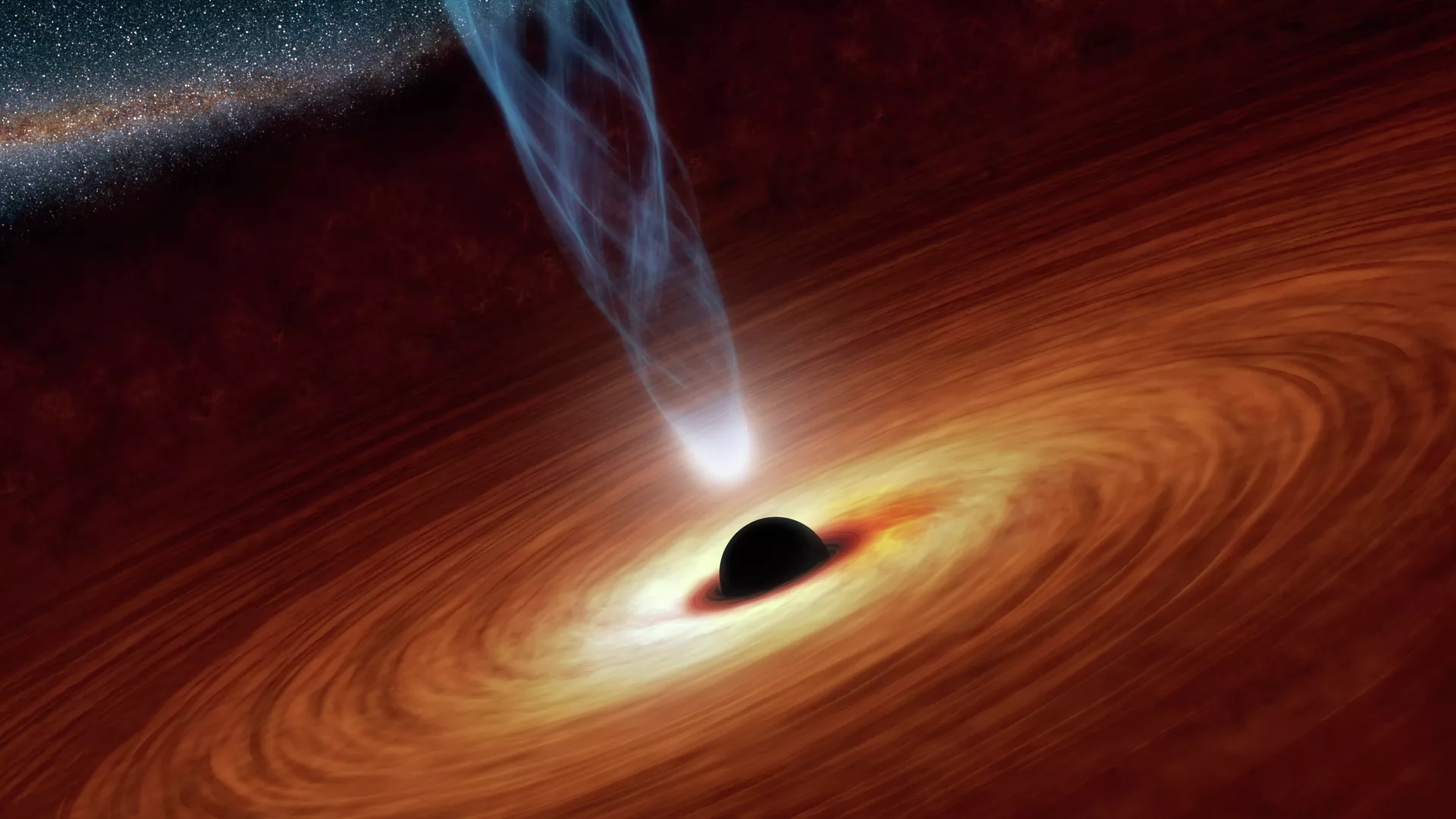
Professor Faccio stated: «The electrical components in our setup were literally exploding!»
The scientists emphasize that this `bomb` cannot be used as a weapon. And the notion of creating a `bomb` from an actual black hole in space is considered far more improbable.











